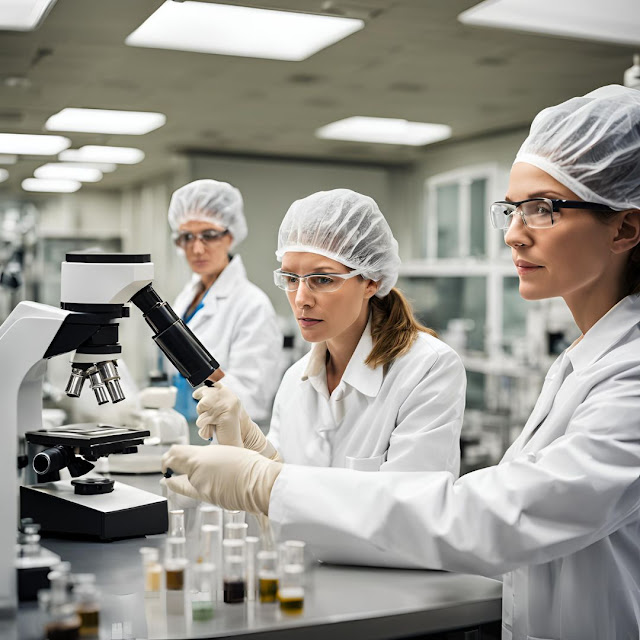From Warts to Wounds: Paint in pharmacy

In pharmacy, "paint" typically refers to a topical liquid medication applied to the skin or mucous membranes for therapeutic purposes. Here's an overview: 1. Definition: Paint in Pharmacy: A medicinal preparation in liquid form that is applied with a brush or swab directly to the skin or mucous membranes. It's used to deliver a specific therapeutic agent to a localized area. 2. Types of Pharmaceutical Paints: Antiseptic Paints: Used to disinfect the skin or mucous membranes. An example is iodine paint, which contains iodine and is applied to minor cuts or abrasions to prevent infection. Astringent Paints: These are used to shrink tissues and reduce secretions, often used in conditions like oral ulcers or hemorrhoids. Antifungal Paints: Used to treat fungal infections, commonly applied to areas like the nails or feet. An example is liquid miconazole. Analgesic Paints: Contain pain-relieving agents and are applied to areas of pain or inflammation. A common example ...





